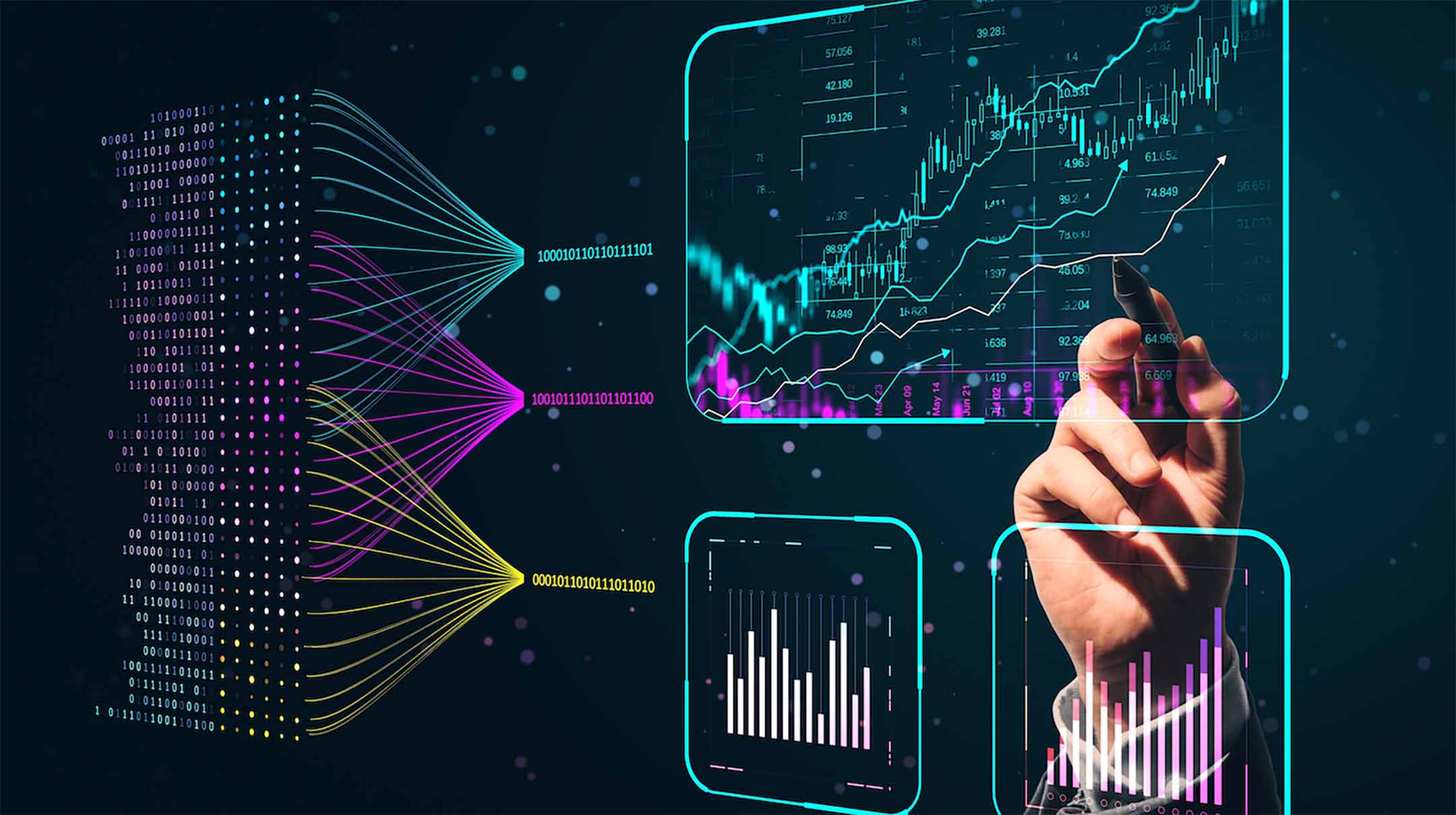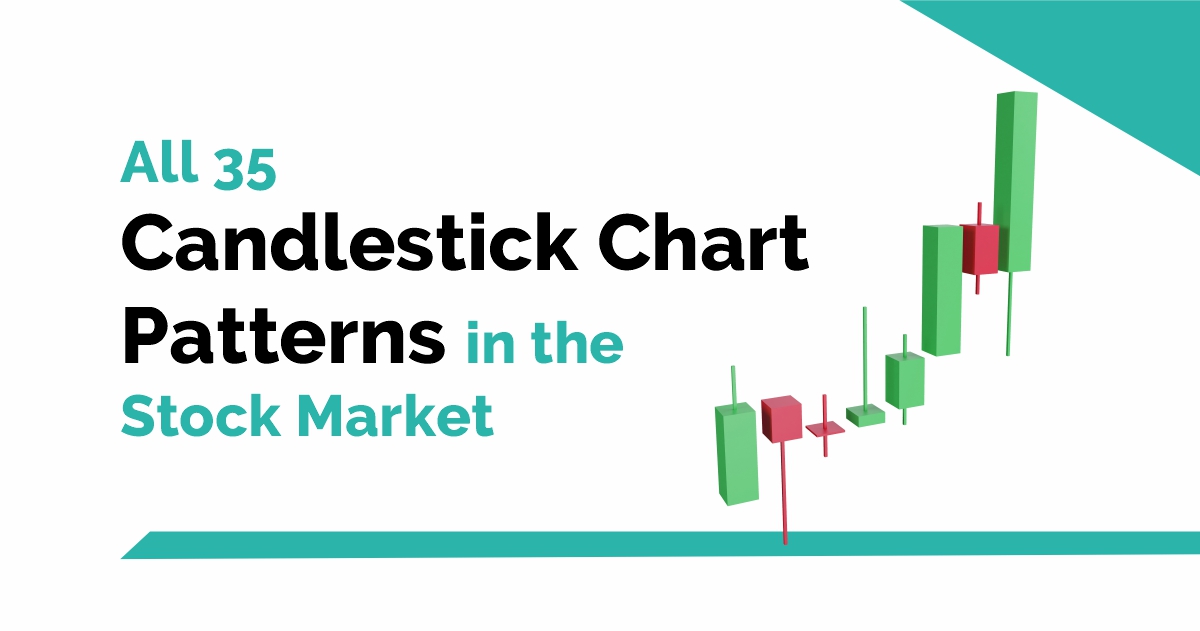Did you know that institutional traders sometimes have more screens than a sci-fi movie set? Their sophisticated approach to day trading involves a variety of key strategies that set them apart from retail traders. In this article, we’ll explore the main strategies employed by institutional day traders, including their methods for analyzing market trends, the crucial role of technical analysis, and risk management techniques. You’ll also learn about the tools they rely on, how they select stocks, and the importance of volume and liquidity. Additionally, we’ll delve into trading psychology, the distinct differences between retail and institutional strategies, and how they navigate challenges in volatile markets. Join us as we dissect these expert strategies and insights from DayTradingBusiness to enhance your understanding of institutional day trading.
What are the main strategies used by institutional day traders?
Institutional day traders mainly rely on high-volume, fast-paced trading strategies like algorithmic trading, leveraging advanced software for quick decision making. They use data-driven approaches such as order flow analysis, level 2 quotes, and real-time market depth to spot short-term price movements. Arbitrage opportunities, exploiting small price differences across markets, are common. They also focus on technical analysis with charts and indicators to time entries and exits precisely. Risk management is tight, often using stop-loss orders and position sizing to protect capital. Lastly, they capitalize on news and market sentiment shifts, reacting instantly to economic releases or geopolitical events.
How do institutional traders analyze market trends for day trading?
Institutional traders analyze market trends using advanced technical analysis, leveraging large data sets, and algorithms to spot patterns. They rely on real-time charts, volume analysis, and indicators like moving averages and RSI. They also monitor economic news, earnings reports, and geopolitical events that impact prices. Machine learning models help predict short-term moves, while order flow analysis reveals supply and demand shifts. Overall, they combine quantitative models with macroeconomic insights to make swift, informed decisions.
What role does technical analysis play in institutional day trading?
Technical analysis helps institutional day traders identify short-term price patterns and market trends. They rely on charts, indicators, and volume data to time entries and exits precisely. It guides decisions on when to buy or sell, minimizing risk and maximizing quick profits. In fast-moving markets, technical analysis provides the real-time signals needed for rapid decision-making.
How do institutional traders manage risk during day trades?
Institutional traders manage risk during day trades by setting strict stop-loss orders, diversifying their trades to avoid overexposure, and using advanced analytics to monitor market trends in real-time. They also manage position sizing carefully, avoid emotional trading, and implement hedging strategies like options or futures to protect against sudden market moves.
Which tools and software do institutional day traders rely on?

Institutional day traders rely on advanced trading platforms like Bloomberg Terminal, Reuters Eikon, and TradeStation. They use real-time market data feeds, algorithmic trading software, and custom analytics tools. Risk management software and order execution systems, such as FIX protocol interfaces, are crucial. They also utilize charting tools like MetaTrader and NinjaTrader for technical analysis. Additionally, institutional traders depend on proprietary algorithms, high-frequency trading systems, and data analysis platforms to execute quick, informed decisions.
How do institutional traders select stocks for day trading?
Institutional traders select stocks for day trading based on liquidity, volatility, and trading volume. They look for stocks with tight bid-ask spreads and high daily turnover to execute large trades without impacting the price. They also analyze technical patterns, such as breakouts and momentum indicators, to identify quick profit opportunities. Risk management strategies, including stop-loss levels, guide their stock choices. Additionally, institutional traders monitor news and market sentiment to anticipate sudden price movements.
What is the importance of volume and liquidity in institutional day trading?
Volume and liquidity are crucial for institutional day trading because they ensure enough market activity to execute large trades without moving prices. High volume means more buy and sell orders, reducing the risk of slippage. Liquidity allows traders to enter and exit positions quickly at desired prices, minimizing impact costs. Without sufficient volume and liquidity, institutions struggle to implement strategies efficiently and manage risk effectively.
How do institutional traders set entry and exit points?
Institutional traders set entry and exit points based on technical analysis, using indicators like moving averages, RSI, and MACD to identify optimal buy and sell signals. They also analyze chart patterns, volume trends, and market sentiment to time their trades precisely. Risk management plays a role, with stop-loss and take-profit levels predefined before entering a trade. Additionally, they monitor macroeconomic news and earnings reports to adjust their entry and exit strategies accordingly.
What are common patterns institutional day traders look for?

Institutional day traders look for patterns like breakouts, false breakouts, volume spikes, and trend reversals. They watch for chart formations such as flags, pennants, and double bottoms or tops. Price action signals, including sharp moves and quick pullbacks, are key. They also monitor order flow and liquidity levels to spot large institutional moves. These patterns help them anticipate short-term price swings and capitalize on quick trades.
How do institutional traders handle trading psychology and discipline?
Institutional traders manage trading psychology and discipline through strict risk management, standardized trading plans, and emotional detachment. They rely on data-driven decisions, avoid impulsive trades, and use routines to reduce stress. Many use mental conditioning, team support, and regular performance reviews to stay disciplined. They focus on consistency over emotion, treating trading like a business rather than a gamble.
Learn about How Can Retail Traders Mimic Institutional Trading Techniques?
What are the typical time frames used in institutional day trading?
Institutional day traders usually operate within time frames of seconds to a few hours, typically closing all positions by the end of the trading day. They focus on very short-term charts like 1-minute, 5-minute, or 15-minute intervals for quick entry and exit points. The goal is to capitalize on intraday price movements, avoiding overnight risk.
How do institutional traders incorporate news and market events?
Institutional traders incorporate news and market events by monitoring real-time data feeds, using advanced analytics to assess impact, and adjusting positions quickly. They rely on algorithms to parse news headlines, economic reports, and geopolitical developments, then execute trades within milliseconds if conditions trigger their strategies. They also have dedicated teams analyzing the potential market move from news, incorporating this into their risk management and timing decisions.
What are the key differences between retail and institutional day trading strategies?
Institutional day traders rely on large capital, advanced technology, and tight spreads, focusing on high-volume trades and complex algorithms. They often use quantitative models to identify quick price movements, executing multiple trades within seconds. Retail traders typically trade smaller amounts, rely on technical analysis, and have less access to sophisticated tools. Institutional strategies emphasize speed, data-driven decisions, and market impact minimization, whereas retail strategies lean on simpler chart patterns and personal judgment.
Learn about Difference Between Retail and Institutional Day Trading
How do institutional traders use leverage in day trading?
Institutional traders use leverage in day trading by borrowing significant amounts of capital to amplify their market positions. They often access high-margin accounts, allowing them to control larger trades with less upfront money. This leverage boosts potential profits but also increases risk, so they carefully manage exposure through advanced risk controls and quick trade adjustments.
Learn about How Do Institutional Traders Use Leverage in Day Trading?
What risk management techniques are essential for institutional day traders?
Institutional day traders rely on risk management techniques like setting strict stop-loss orders, position sizing based on risk capital, and using leverage cautiously. They diversify trades to avoid overexposure, monitor real-time market data to react quickly, and maintain disciplined trading plans. Hedging through options or futures also helps limit downside risk. Consistent risk assessment and strict adherence to predefined risk limits are crucial to protect capital during rapid market moves.
Learn about Risk Management Techniques for Momentum Day Traders
How do institutional traders adapt strategies in volatile markets?
Institutional traders adapt strategies in volatile markets by adjusting their position sizes, using tighter stop-loss orders, and employing hedging techniques like options to manage risk. They rely on advanced algorithms and real-time data to quickly respond to price swings. Diversification across assets helps reduce exposure to sudden market shifts. They also increase monitoring and analysis to spot emerging trends early, shifting from long-term to more tactical, short-term strategies when volatility spikes.
Learn about How Do Institutional Traders Affect Day Markets?
How does market regulation impact institutional day trading?
Market regulation limits certain high-frequency trading tools and mandates transparency, making it harder for institutional day traders to execute rapid, large-volume trades without detection. It forces them to adapt by focusing on more strategic, less regulatory-sensitive tactics, like leveraging advanced analytics and timing trades carefully. Regulations can also increase trading costs and reduce the speed advantage, pushing institutional traders to refine their key strategies for efficiency and compliance.
Learn about How Do Institutional Traders Use Leverage in Day Trading?
What are the challenges faced by institutional day traders?
Institutional day traders face challenges like managing large trade sizes that impact market prices, staying agile amid high volatility, and executing rapid trades without slippage. They also contend with complex compliance rules, data overload, and the need for sophisticated technology. Balancing risk in fast-moving markets and maintaining liquidity without causing significant market impact are constant hurdles.
How do institutional traders measure their trading performance?
Institutional traders measure their trading performance mainly through metrics like return on investment (ROI), win rate, risk-adjusted returns such as the Sharpe ratio, and profit factor. They analyze trade accuracy, consistency, and how well their strategies perform relative to market benchmarks. They also review their drawdowns, trade execution speed, and adherence to risk management rules to gauge overall effectiveness.
Learn about How Can Retail Traders Mimic Institutional Trading Techniques?
Conclusion about What Are the Key Strategies Used by Institutional Day Traders?
Incorporating the strategies employed by institutional day traders can significantly enhance your trading approach. These professionals leverage technical analysis, robust risk management, and advanced tools to navigate market dynamics effectively. Understanding their methods—including trend analysis, stock selection, and psychological discipline—can provide valuable insights for traders at any level. By adopting these practices, you can improve your decision-making and potentially achieve better trading outcomes. For more in-depth information on these strategies, explore the resources offered by DayTradingBusiness.
Learn about Tools Used by Institutional Day Traders?